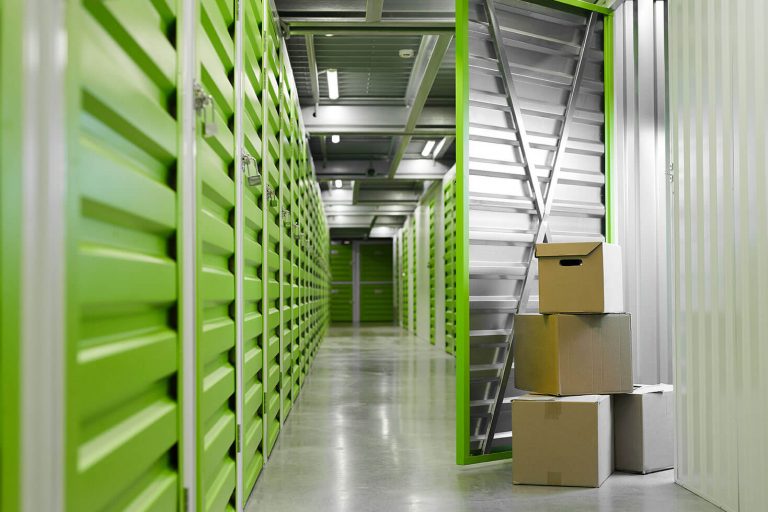Bonus Depreciation
Bonus depreciation is a valuable tax-saving tool for businesses. It allows your business to take an immediate first-year deduction of 100% deduction on the purchase or renovation of eligible business property.
What is Depreciation?
Depreciation allows (or requires) businesses to spread out the cost of long-term assets over the life of the asset. The alternative would be to take the cost of the asset in the first year after the asset is acquired by the business, but this isn’t realistic. The most common way to depreciate a business asset is by spreading out the cost evenly over the asset life – called straight-line depreciation. Increasing in popularity, especially with the new Tangible Property Regulations, is the Cost Segregation Method or Accelerated Depreciation.
What is Bonus Depreciation?
Bonus depreciation is a method of accelerated depreciation which allows a business to make an additional deduction of 100% (this was 50% prior to the new Tax Cuts and Jobs Act passed last month) of the cost of qualifying property in the year in which it is put into service. Bonus depreciation can be applied to any new asset with a 20 year life or less. This includes land improvements which are not considered personal property.
- The 50% Bonus Depreciation rate is increased to 100% for qualified property acquired or built after September 27, 2017.
- Bonus Depreciation has been expanded to apply to both newly constructed buildings and used property purchased and acquired after September 27, 2017. Bonus eligible property must have a depreciable life of 20 years or less.
- Qualified Leasehold Improvements, Qualified Retail Improvements, and Qualified Restaurant Property are all replaced with Qualified Improvement Property (QIP), which has a 15-year recovery period and is eligible for 100% bonus (restaurants now have a class life of 39 years).
- Structural items like interior supporting framing, escalators, and elevators are not included in QIP. The improvements must have begun at least one day after the building was put in service for its intended use.
- Items removed, discarded, or abandoned have value that should be removed from the depreciation schedule and identified as a partial asset disposition (PAD). This must be done in the same tax year as the removal or the tax payer loses the ability to capture the write down.
If you own commercial or income property and have not had a conversation with a trusted cost segregation provider and your Tax Professional, don’t wait. Do it today.




